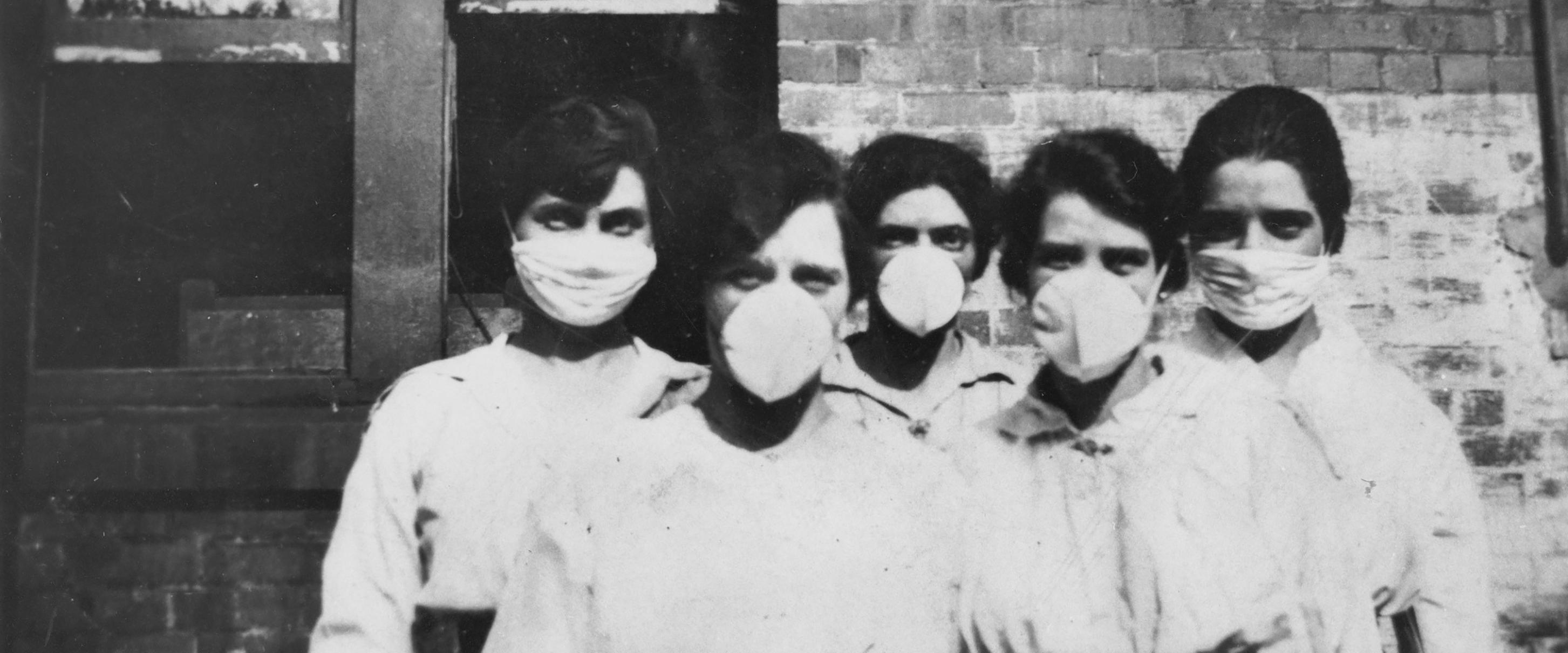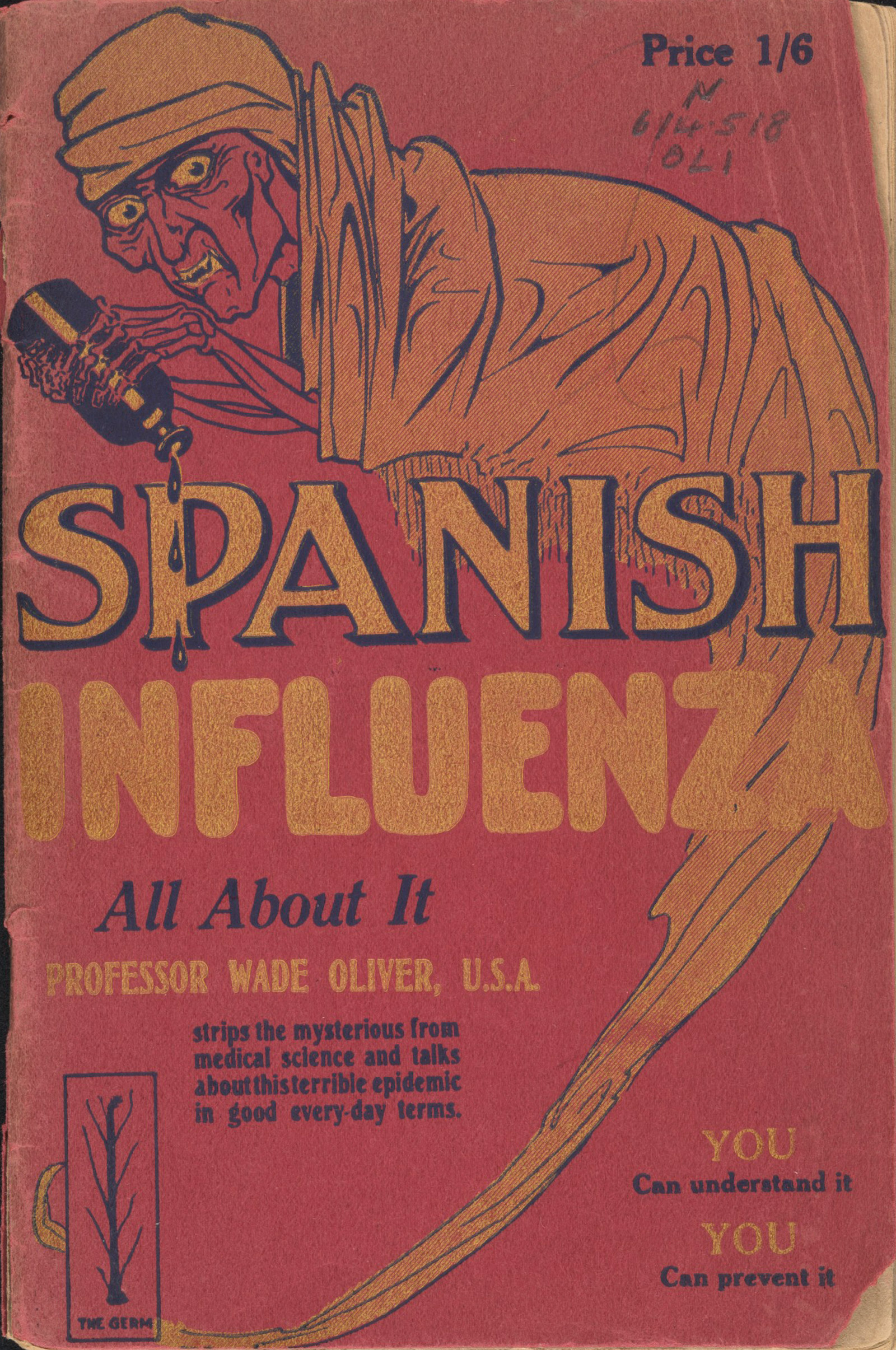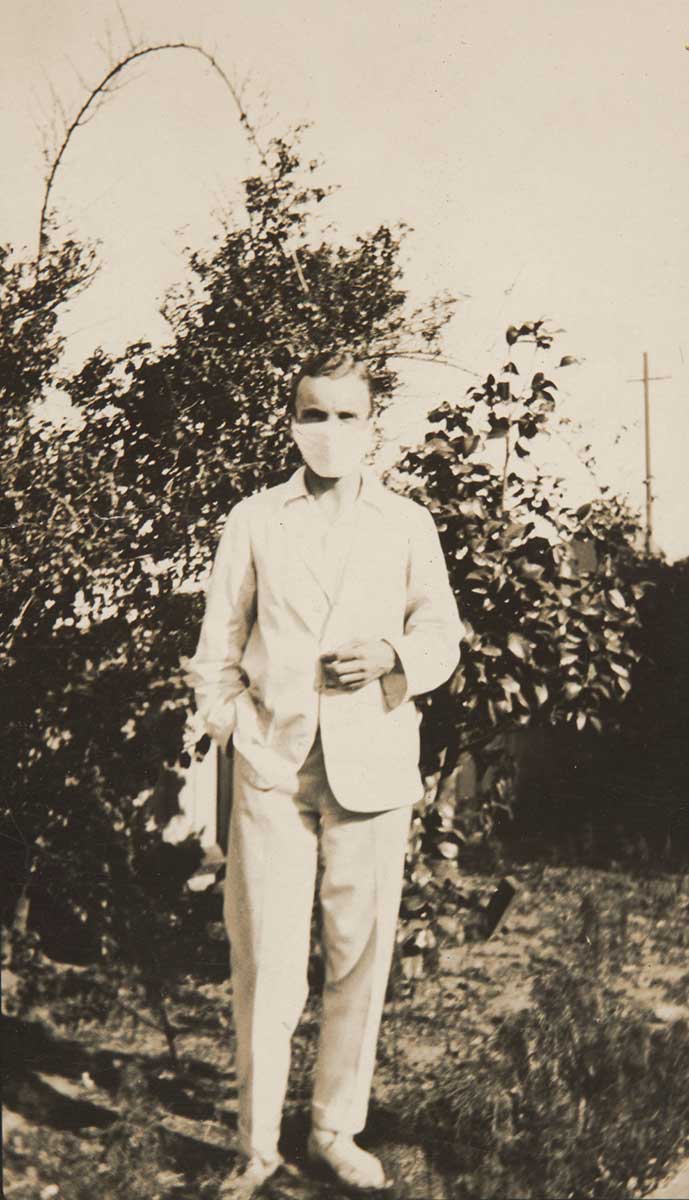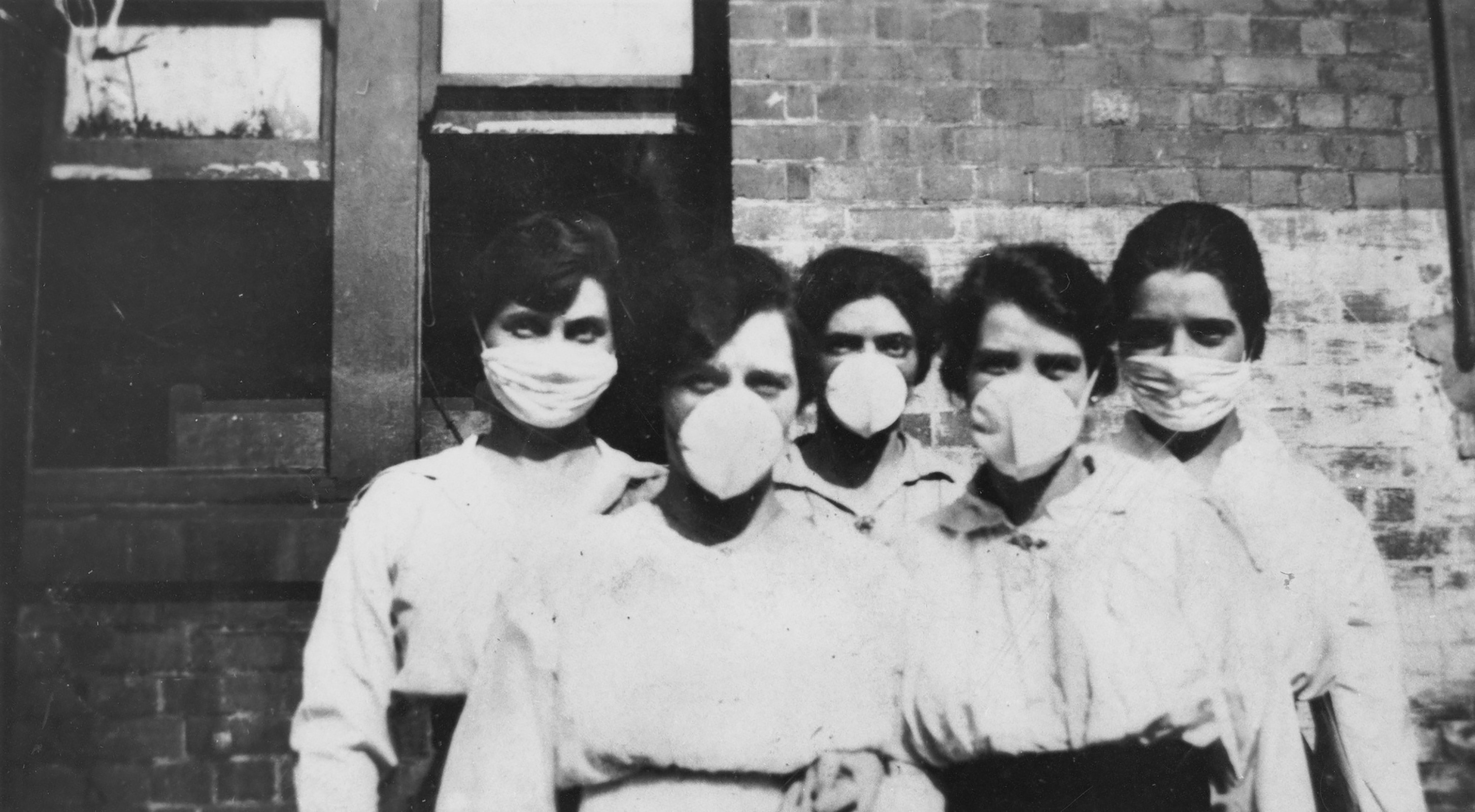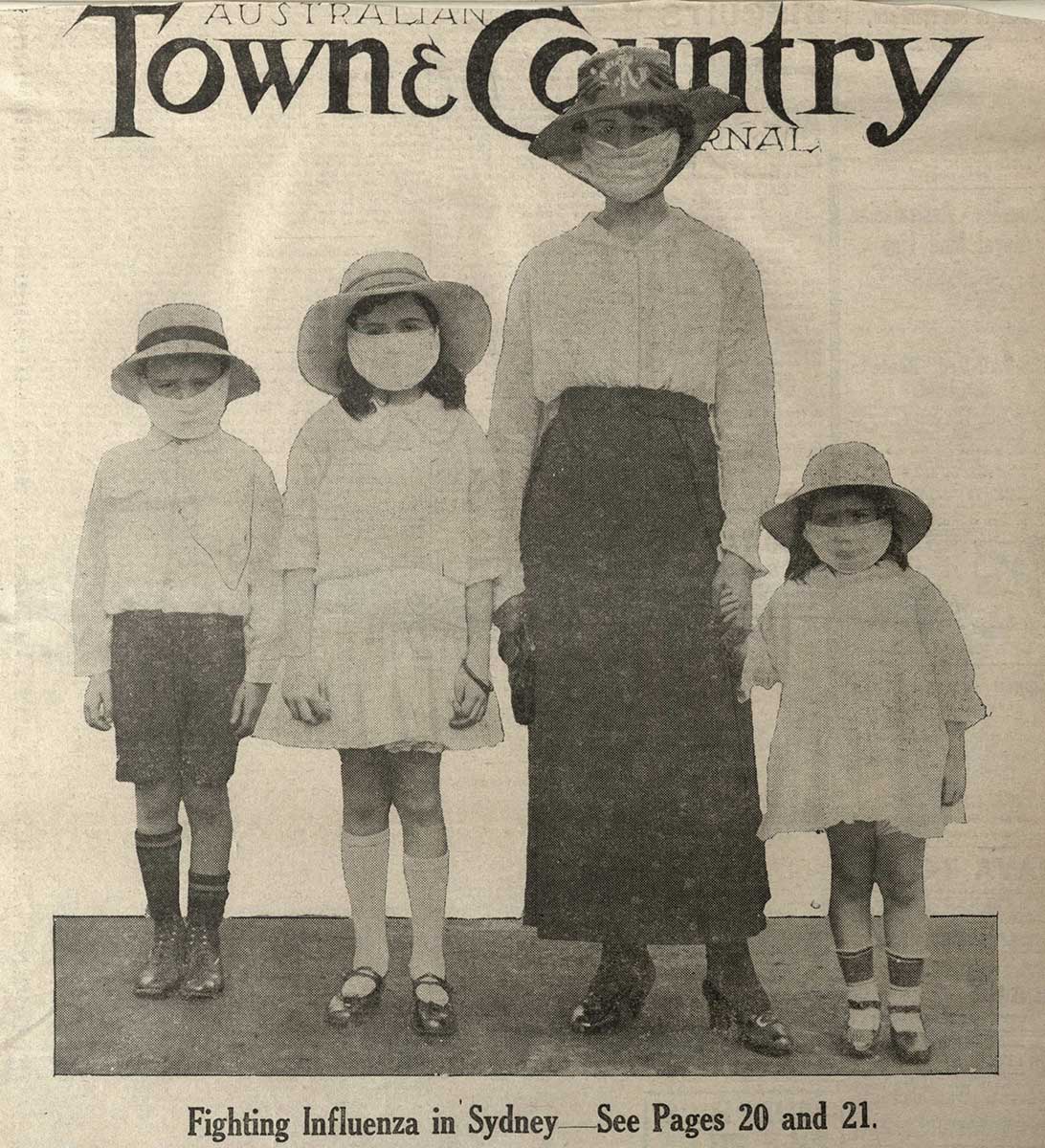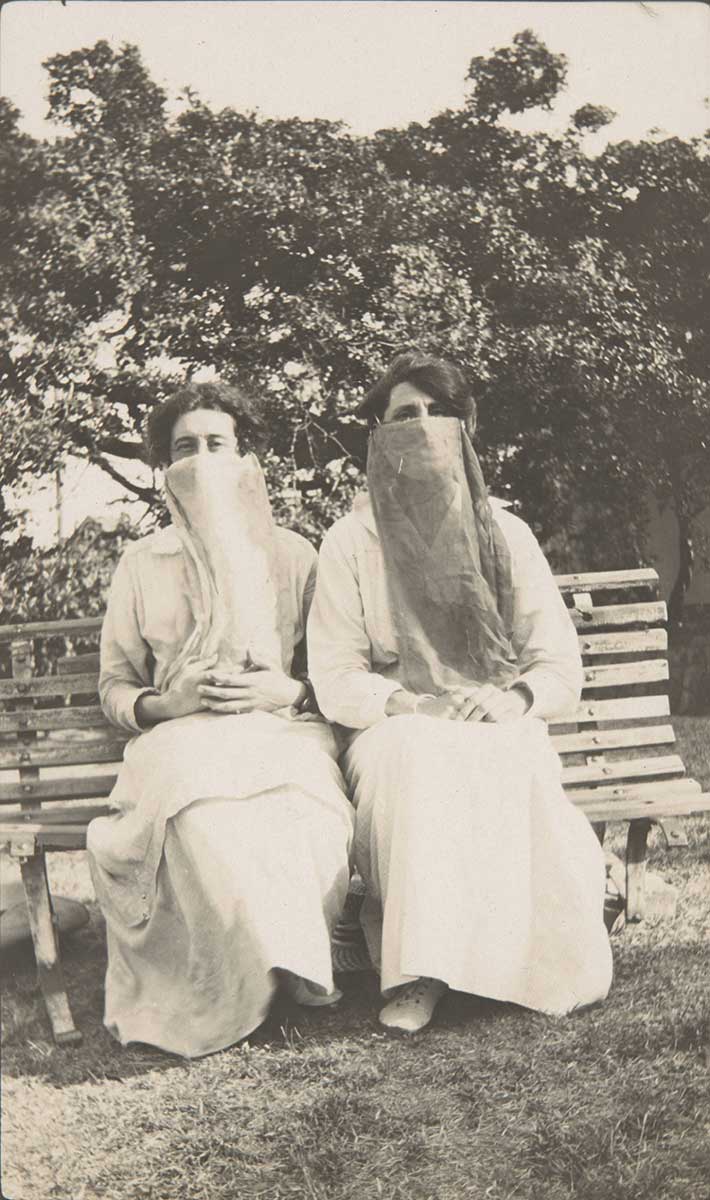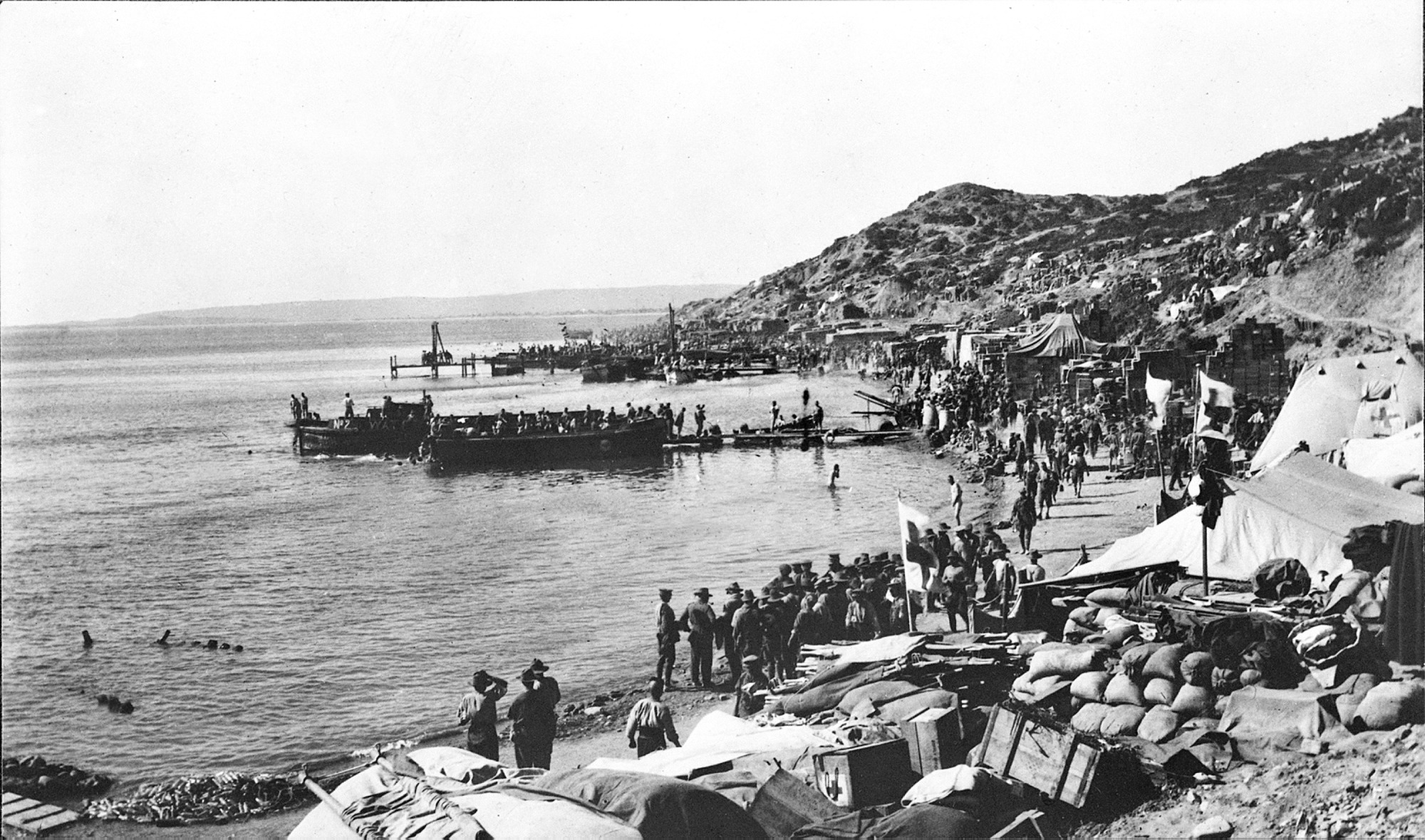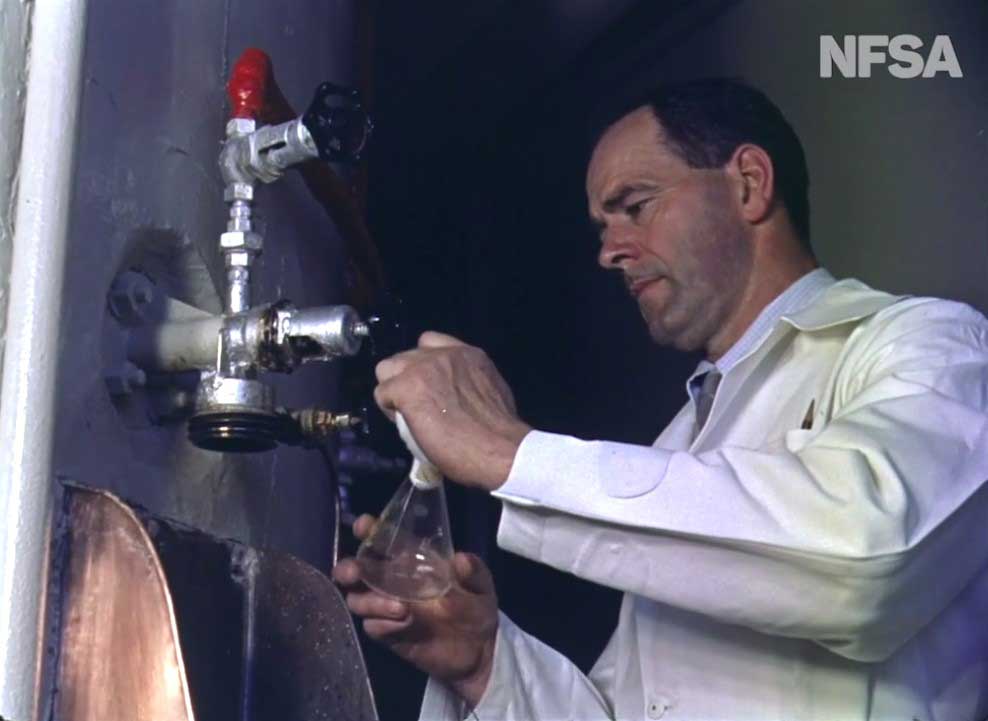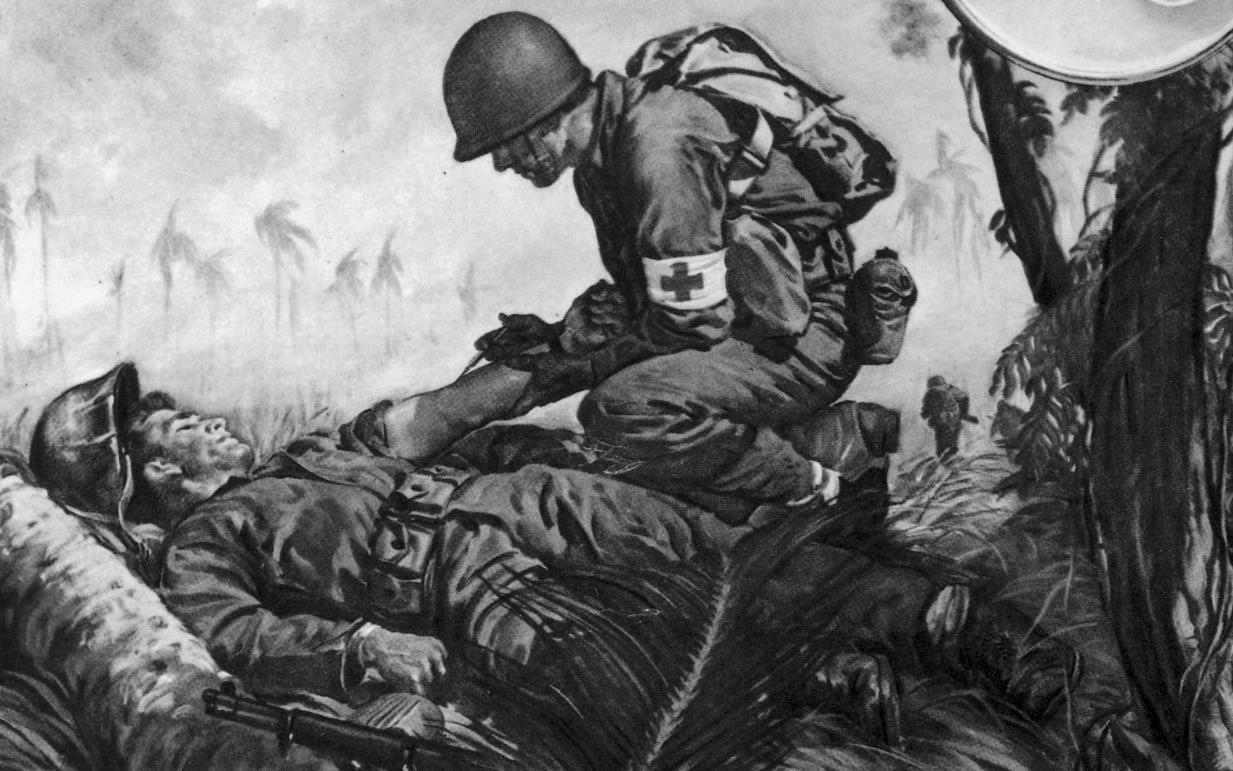‘A danger greater than war’
1919: ‘Spanish flu’ pandemic reaches Australia
‘A danger greater than war’
1919: ‘Spanish flu’ pandemic reaches Australia
Learning area
In a snapshot
At the end of the First World War, in 1918 and 1919, an influenza pandemic killed an estimated 50 million people worldwide.
As an island, Australia was able to quarantine people when they arrived by sea. All the same, up to 15,000 Australians died of the flu in 1919.
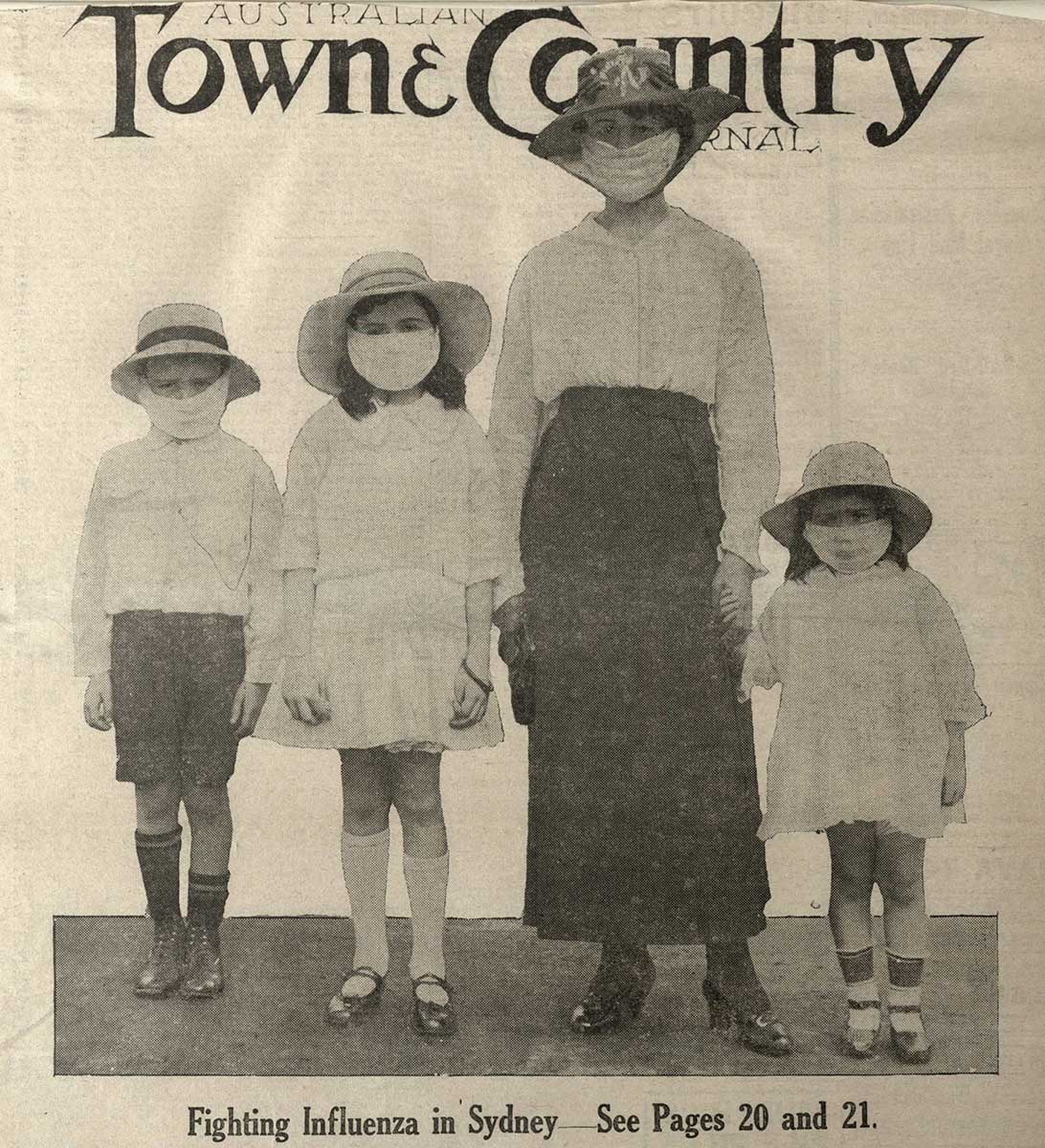
 Can you find out?
Can you find out?
1. What was ‘Spanish flu’ and why was it so dangerous?
2. How did flu enter Australia in 1919?
3. Which groups of people suffered from flu in Australia in particular?
What was ‘Spanish flu’?
‘Spanish flu’ was a type of influenza. It did not come from Spain. People thought it did because it was first widely reported there. But that was because Spain was neutral in the First World War, and there was no wartime censorship on Spanish newspapers. In Australia the virus became known as ‘pneumonic influenza’ and more commonly as flu.
Scientists do not know where this strain of flu came from. But like all types of influenza, it was very contagious and the virus which caused it could mutate quickly.
The disease spread quickly in Europe because of the war. Soldiers were crowded and lived in poor conditions. Military hospitals became virus hotspots. Civilians had also been badly affected by the war.
Widespread international travel by sea helped spread the flu to every continent, especially as soldiers returned from the war. One estimate is that about 500 million people – a third of the world’s population at the time – caught flu in 1918–19

How dangerous was the flu?
We will never know how many people died of flu in 1918–19 but estimates today are around 50 million. We do not have good data for many parts of the world. It is also complicated because many of those who had the flu and died were wounded or had other diseases or were suffering from malnutrition. Death rates were highest in parts of Asia and Africa.
Outside Australia there were three main waves of flu. The first wave in early 1918 was like a normal flu. But then the virus seemed to mutate and become more deadly. Most people died in the second and third waves in late 1918 and 1919.
Usually flu is most dangerous for very young children and old people. But the second and third waves of this flu killed large numbers of healthy young adults. Many people died because the flu developed into bacterial pneumonia.
When did the flu pandemic arrive in Australia?
Australia was lucky because it is an island. From October 1918 the Australian Quarantine Service checked all ships arriving in Australia. People with suspected flu had to stay in quarantine.
Despite these precautions, the flu did spread into the community. The first case appeared in Melbourne in early January 1919, and the disease soon spread to New South Wales and South Australia. However, it did not reach Western Australia until June 1919.
Some states closed their borders to try and stop the spread. In New South Wales the government quickly closed schools, theatres and bars. Sporting events and church services were banned. People had to wear face masks on public transport, in the street and in public buildings. These restrictions were relaxed at the end of February but were reimposed after a spike of infections in March.
Research task
‘Spanish flu’ appears to have disappeared after 2–3 years. Try to find out how and why this was the case.
Research task
Find out where the first case of flu was reported in the world.
‘Australia must now face the fact that the scourge which has taken so heavy a toll from the rest of the world has invaded her own frontiers.’
Sydney Morning Herald, 28 January 1919
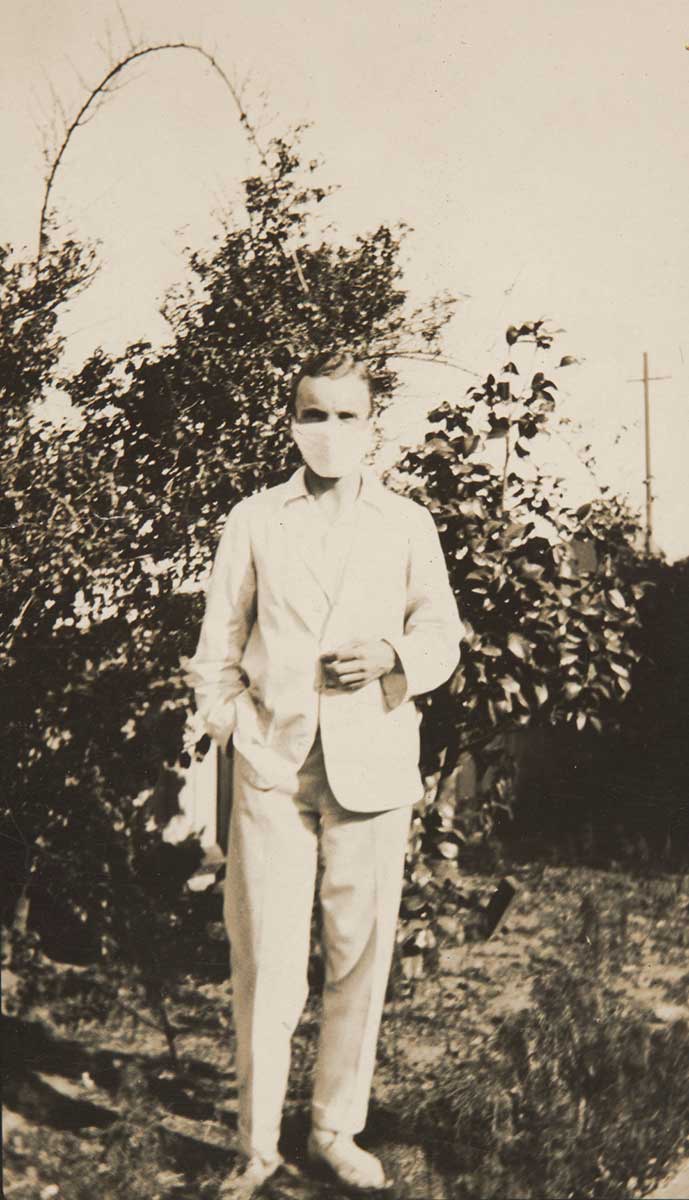
When was a vaccine introduced?
The flu was caused by a virus. At the time scientists knew very little about viruses, which were too small to be seen with microscopes.
However, scientists did know about bacteria, and many who died in 1919were killed by a secondary bacterial infection, which caused pneumonia.
In 1918 the Commonwealth Serum Laboratories in Melbourne developed a vaccine for pneumonic influenza. It produced three million doses for Australian soldiers and civilians. The vaccine did not stop people from catching the flu, but it did make them much less likely to die.
‘A danger greater than war faces the State of New South Wales and threatens the lives of all ... Follow the advice given and the fight can be won ...
EVERYONE SHALL WEAR A MASK
Those who are not doing so are not showing their independence — they are only showing their indifference for the lives of others — for the lives of the women and helpless little children who cannot help themselves.’
Proclamation of NSW Government regulations, Sydney Morning Herald, 2 February 1919
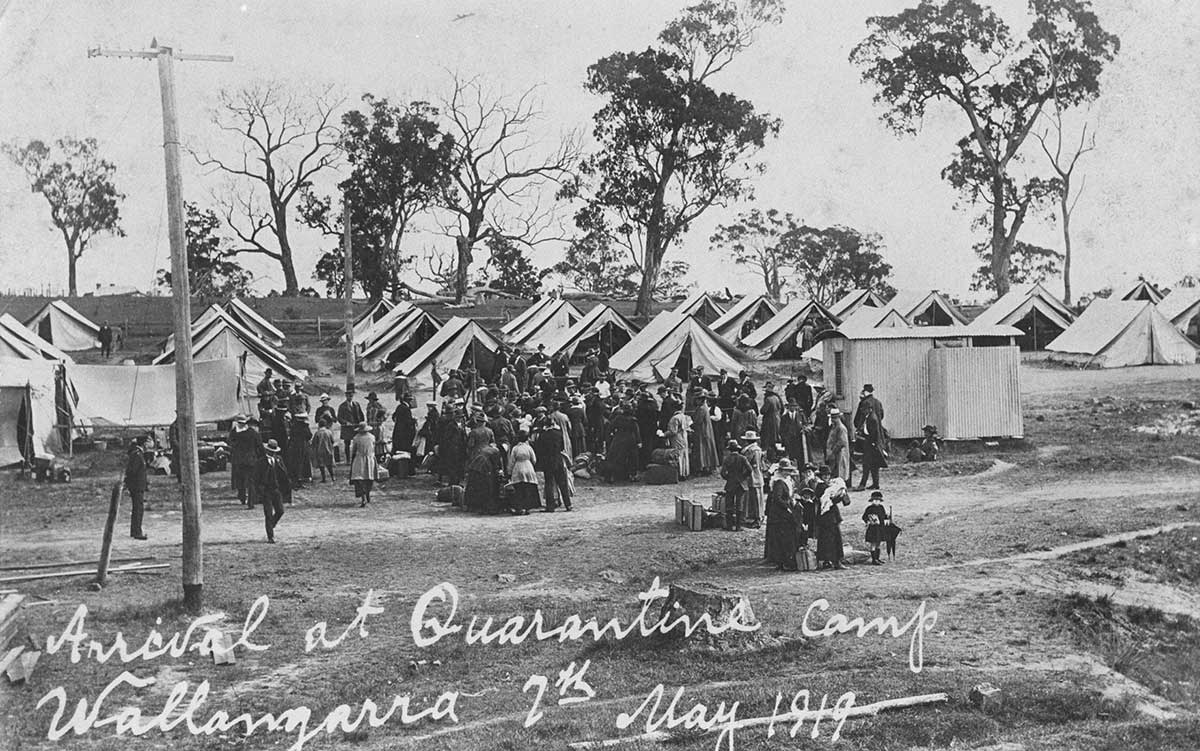
How bad was flu in Australia in 1919?
By the end of 1919 the influenza pandemic was over. Quarantine had saved Australia from the worst, especially compared with other parts of the world.
Probably between a quarter and a third of Australians caught the flu. Up to 15,000 people died. In Sydney alone 3,500 died. Many more men died than women, especially among young adults.
First Nations communities were badly affected by flu and made up nearly a third of those who died from flu in Queensland in 1919.
Many First Nations people lived on missions. They were often in poor health before the pandemic and did not have access to good medical facilities. On some missions around 15 per cent of those who caught flu died. This was a much higher rate than among white Australians: about 1.2 per cent of those who caught the flu in Sydney died from it.
Read a longer version of this Defining Moment on the National Museum of Australia’s website.
 What did you learn?
What did you learn?
1. What was ‘Spanish flu’ and why was it so dangerous?
2. How did flu enter Australia in 1919?
3. Which groups of people suffered from flu in Australia in particular?






